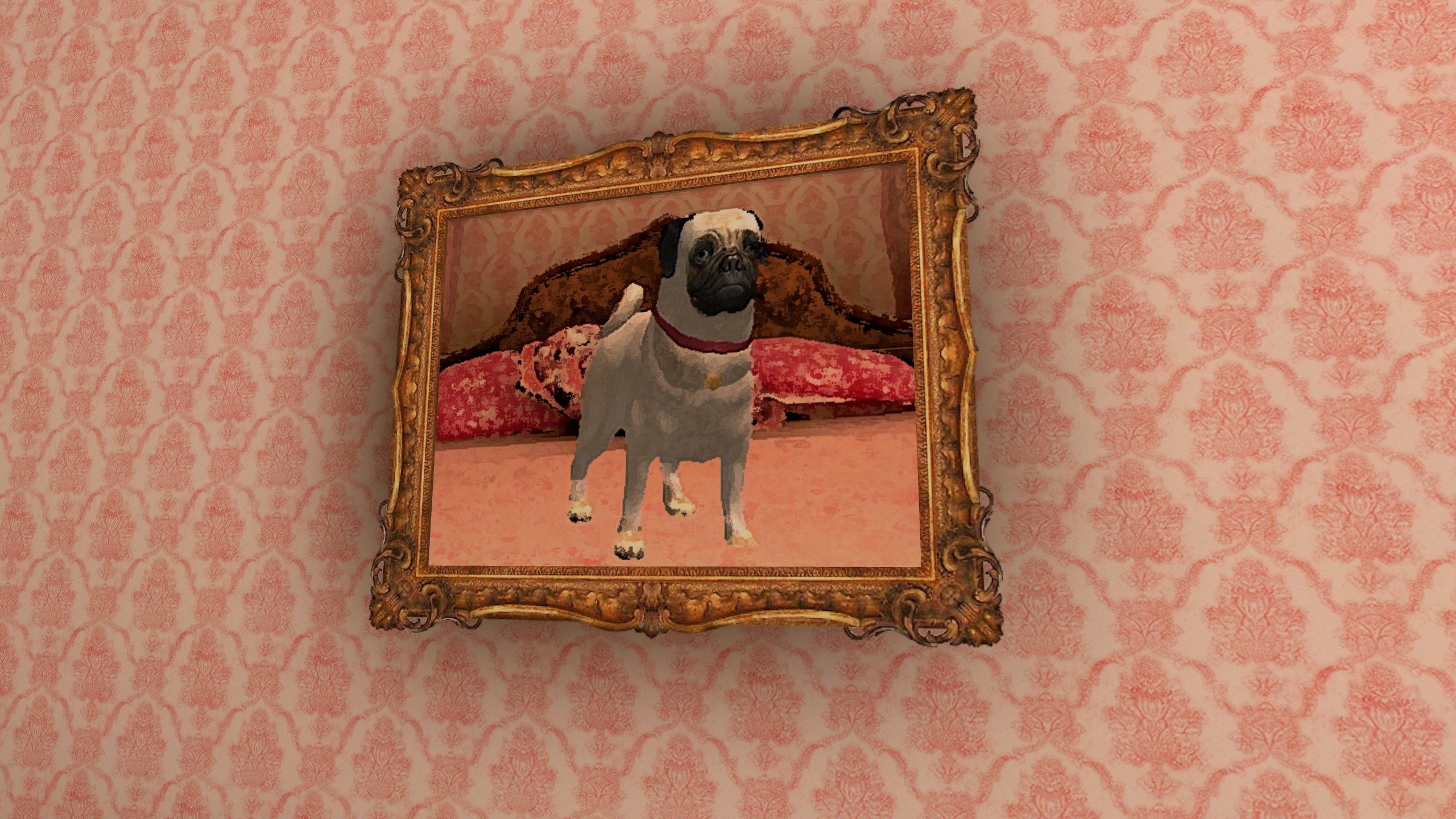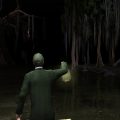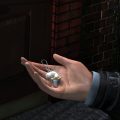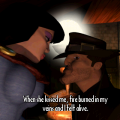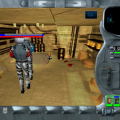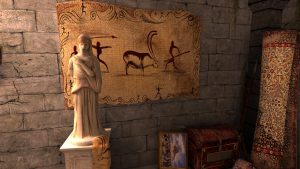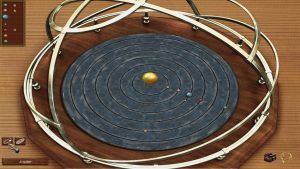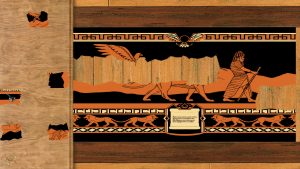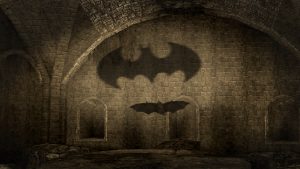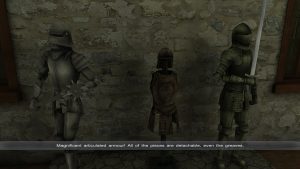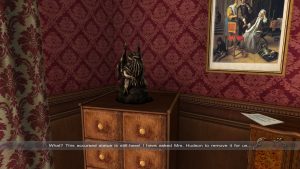- Sherlock Holmes: The Mystery of the Mummy
- Sherlock Holmes: Secret of the Silver Earring
- Sherlock Holmes: The Awakened (2006)
- Sherlock Holmes: Nemesis
- Frogwares’ Sherlock Holmes Casual Games
- Sherlock Holmes Versus Jack the Ripper
- Testament of Sherlock Holmes, The
- Sherlock Holmes: Crimes & Punishments
- Sherlock Holmes: The Devil’s Daughter
- Sherlock Holmes: Chapter One
- Sherlock Holmes: The Awakened (2023)
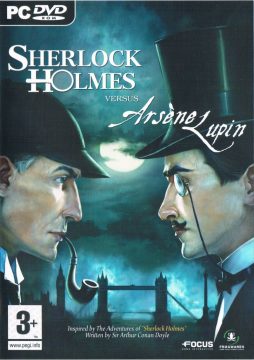
UK Cover
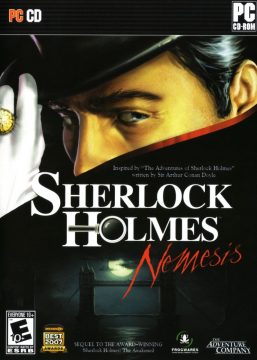
US Cover
Sherlock Holmes: Nemesis, originally released as Sherlock Holmes Versus Arsène Lupin, is yet another crossover game in Frogwares eclectic flagship series of adventure games. It’s also kind of strange because its sandwiched between a horror game and a true crime game about one of the most infamous serial killers in history. The antagonist of this game, Arsène Lupin, is a master thief and snooty Frenchman who likes to dunk on people who go after him. This is, by far, the least serious entry in the series, and it’s wonderful for that.
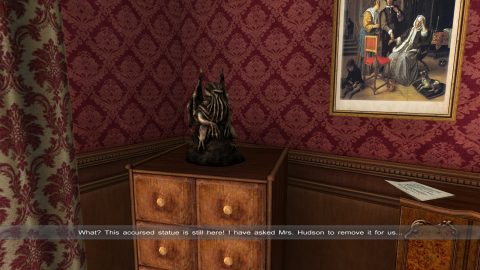
Some time after their scary octopus god adventure (sans fish people, oddly), Holmes and Watson have settled back into the norm, only to find themselves back in action as the famed French thief Arsène Lupin has directly challenged them to stop his five major thefts now in progress, targeting major English treasures. Sherlock Holmes, not one to ignore a challenge, accepts and starts chasing down the elegant thief, and finds himself facing a foe who he can truly call an equal. Also, he’s a Frenchman, and we can’t have that lying down! This version of Sherlock Holmes would have absolutely joined the massive queen casket viewing queue that nearly absorbed the population of London.
Nemesis is hilarious. The entire set up is so goofy that not even the writers can take it seriously half the time, resulting in a mess of great gags and goofy scenarios, even making light of their last, more serious game. The bookstore owner has become a cultist looking for his next ritual fix to the point of serious financial trouble and nobody cares. Watson has a nightmare about the case, even mumbling about tentacles, and Sherlock wakes him up with no time for this nonsense because there’s a snotty Frenchman out there he needs to catch, darn it!

As for new material unrelated to the last game, there’s just no end. The one time you get to play as Inspector Lestrade just has him looking at art and calling them garbage. One of the major plot points revolves around an illegal turtle race. A major puzzle has you making the world’s grossest dog food for a little demon of a pug in Buckingham Palace. Heck, that’s not even getting into Lupin’s endless trolling, ranging from witty riddles to the world’s ugliest paintings. It just never ends, down to Holmes and Watson’s dialog often being deadpan jokes (“And furthermore, he is French!”). You can tell Jalil Amr and anyone who contributed to the writing was having a blast with the script for this one.
All the while, the game is stuffed with interesting facts about European culture and history (often in puzzle solutions), and manages a satisfying game of cat and mouse. Lupin’s shenanigans are both entertaining and effective in getting you to want to chase him down, if only to properly dunk on him in return. The game thankfully succeeds in offering a fun adventure to reach that goal, and even has two endings based on how well you see through Lupin’s game.
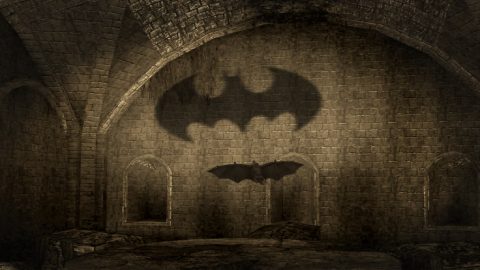
It gets off on a great start with the gallery, giving you a compact space with some actual real world art to look at and for Sherlock to comment on. You’re allowed to get your bearings, then explore it after the theft to find clues from Lupin and take in his, uh, unique additions and replacements to the showings. It gets you in a good head space to solve his riddles and find a way to get the upper hand on him, followed up pretty well by a fort exploration where you try to find and catch impostor birds. The Buckingham Palace segment is also quite fun, as is the finale, if maybe a tad too long for the scenario set up.
The one stinker chapter is, fittingly, at the British National Museum, which is just as good at stealing your time as much as the real one is at stealing artifacts from other cultures. The majority of the puzzles are math puzzles, by far the least engaging puzzles in these games, especially when the numbers get big and steps are hidden in poems. The library catalog system gets used way too much for puzzle solutions as well. It feels like there is an endless sea of puzzles left by Lupin in this segment, and each one somehow manages to be more annoying than the last.
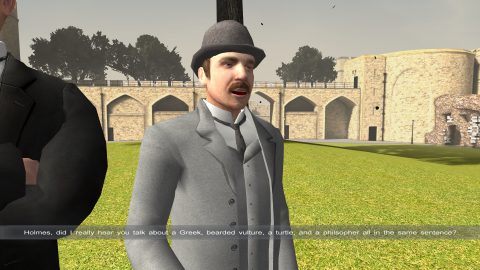
It makes sense why its like this. The focus for this entry was on puzzles, having you solve difficult brain teasers, and making important notes yourself outside the game and in real life. The concept is fine enough, but the pacing of puzzles is all off, usually in large blocks of dense puzzling, which mostly works despite. Every other chapter isn’t too difficult so the odd hard puzzle isn’t that frustrating. There’s a solid variety of bits in these chapters to keep things from getting samey.
The museum is almost entirely hard puzzles, and ones that require a lot of running around the place just to waste even more of your time The quick travel system only helps so much. Many of them are loaded with a ton of unnecessary steps (see the kings and queens puzzle), number crunching, and the worst offender of them all in the cuneiform puzzle.
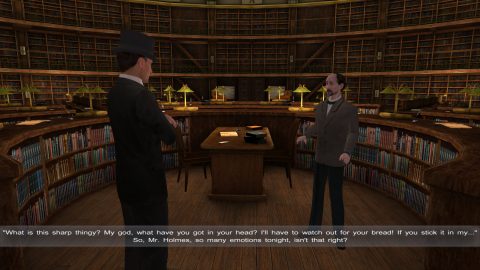
Honestly, calling it a puzzle is not accurate. It is a waste of your time, and the time of everyone who had to play it. You just have to keep randomly guessing letters to reveal a message with a clunky interface that makes the process all the slower. Even with a guide giving the answer, it takes far too long with as many characters the message has. The museum mostly feels like padding, as the team realized too late that the rest of the game was too thin.
The end result is probably the weakest overall of the games so far, but still a worthwhile entry just for its sense of humor and goofy turns. The remaster port is also much more stable than The Awakened‘s was, so any mouse related hiccups are mostly absent. Nemesis is ultimately charming in itself, unimportant but very free in what it can do in that lack of importance. It’s a fun use of seven to nine hours, with a lot of memorable lines and moments strung along with some solid puzzle work, even if one segment of the game will sour you on the adventure for awhile.

Before we get into the next mainline entry, we need to take a pit stop and check out what Frogwares started releasing after this game and before the fifth entry. With a growing casual market out there, Frogwares became interested in creating casual spin-offs for the Sherlock Holmes games, and those resulting for games are utterly bizarre.
